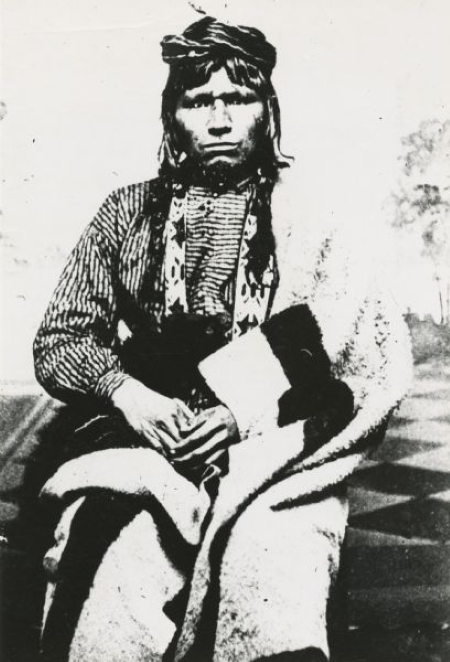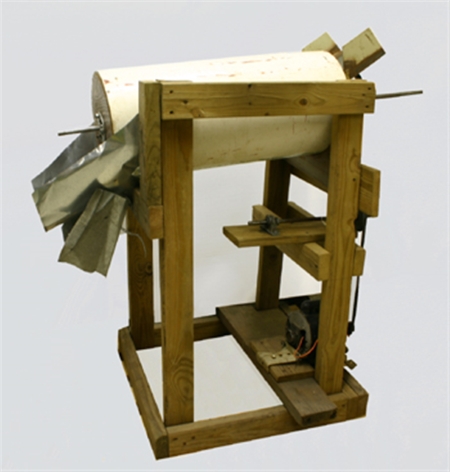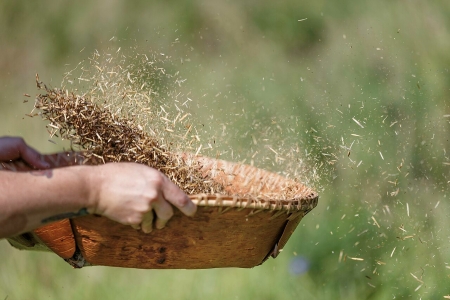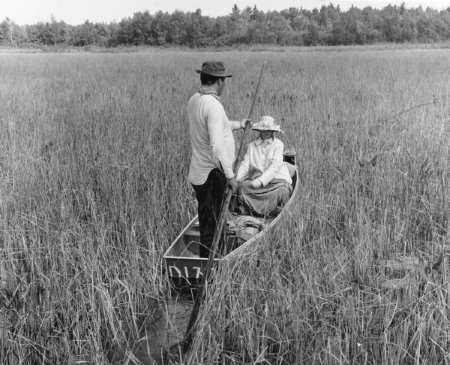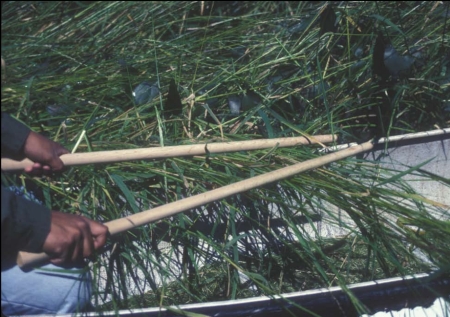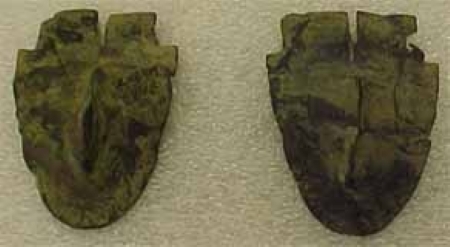Finding Ogimaa Weigiizhig
Ogimaa Weigiizhig (sometimes Ahgamahwegezhig, also known as Chief Big Sky and Old Jackson) was a leader of the Ojibwe, Lac du Flambeau Band. Late in age, in March 1914, he spoke to a reporter at Lac du Flambeau about his capture of…
